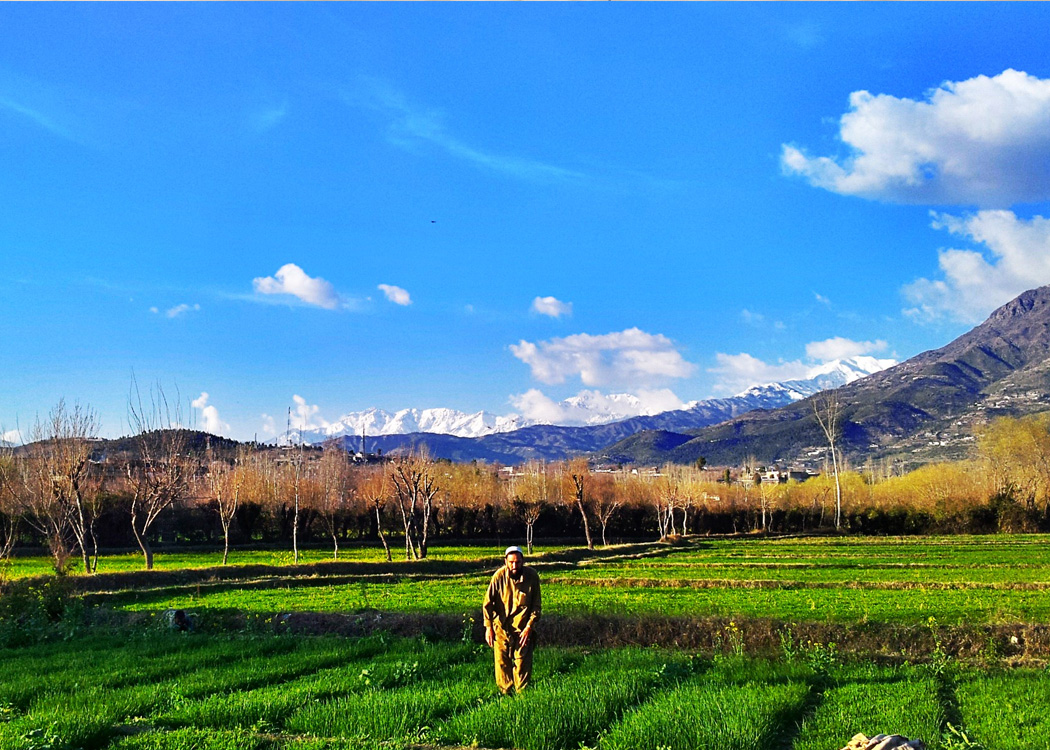ISLAMABAD – Pakistan has released its 7th Agricultural Census 2024, the first such survey in 14 years, revealing significant growth in livestock population, farm households, and cultivated land, underscoring agriculture’s enduring role as the backbone of the national economy.
Planning Minister Ahsan Iqbal launched the findings in Islamabad on Wednesday, highlighting how the census provides critical baseline data for food security, rural livelihoods, and agricultural policymaking. The last agricultural census was conducted in 2010.
Key Findings of Pakistan’s Agricultural Census 2024
- Farm Households: Increased from 8.3 million in 2010 to 11.7 million in 2024.
- Livestock Population: Expanded from 143 million in 2006 to 251.3 million in 2024, showing 3.18% annual growth.
- Cultivated Area: Rose from 42.6 million acres in 2010 to 52.8 million acres in 2024.
- Irrigation Dependence: About 79% of cultivated land is irrigated through canals and tube wells.
Speaking at the launch, Iqbal stressed that agriculture continues to play a central role in Pakistan’s GDP, exports, and employment, serving as the largest sector of the economy.
“Agriculture remains the backbone of Pakistan’s economy. This census provides a roadmap for ensuring food security and better livelihoods for our people,” Iqbal said, praising the Pakistan Bureau of Statistics (PBS) for enhancing innovation, transparency, and precision in data collection.
Agriculture’s Economic Importance
According to PBS, agriculture contributes about 24% to Pakistan’s GDP and employs nearly half of the country’s labor force. It also serves as the largest source of foreign exchange earnings, underpinning sectors from textiles to dairy and meat exports.
Experts say the sharp rise in livestock and cultivated area reflects both opportunities and challenges. While the sector’s expansion could strengthen food self-sufficiency and export potential, it also demands smarter water management, modern farming practices, and climate-resilient policies.
With the new census offering a comprehensive snapshot of Pakistan’s agrarian landscape, policymakers are expected to use the data to shape strategies for sustainable growth, rural development, and poverty reduction.





